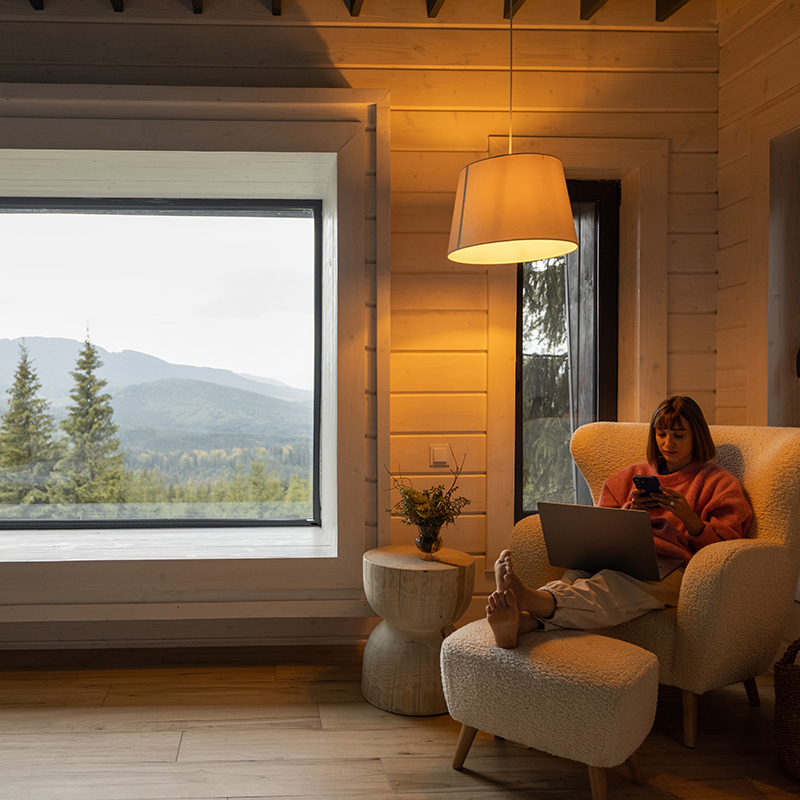Radon System Inspection
Serving Littleton, Denver, Aurora, Castle Rock, Centennial, Longmont, Boulder, and all surrounding areas.
Why Inspecting an Existing Radon Mitigation System Is Important
Over time, a radon mitigation system can degrade or become less effective, so periodic inspections are crucial to ensure it protects your home.
Here’s how an inspection helps
1. Verifies System Effectiveness
A radon professional will test current radon levels to ensure they remain below the recommended safe limit of 4.0 pCi/L.
If levels have risen, the system may need maintenance or upgrades.


2. Checks for System Damage or Wear
Components like the vent pipe, seals, and fan can degrade due to weather, age, or accidental damage.
Inspectors will look for cracks, loose fittings, or leaks that could allow radon to re-enter the home.
3. Ensures Proper Airflow & Fan Operation
The radon fan is the heart of an active mitigation system. If it fails or weakens, radon levels can increase.
The inspector will check for proper suction, vibrations, or unusual noises that might indicate fan issues.


4. Confirms Seals & Barriers Are Intact
Foundation cracks, sump pump covers, and vapor barriers should remain appropriately sealed to prevent radon from leaking inside.
The inspector will reseal or recommend fixes if any openings are found.
5. Updates System for Long-Term Protection
If your system is older or outdated, the inspector may suggest improvements, such as installing a more efficient fan or upgrading the venting system.
They may also recommend additional testing if radon levels fluctuate seasonally.

A simple inspection ensures your radon mitigation system is working as intended, keeping your home safe for years to come. Regular check-ups (every 2-3 years) help prevent radon from becoming a hidden danger!


